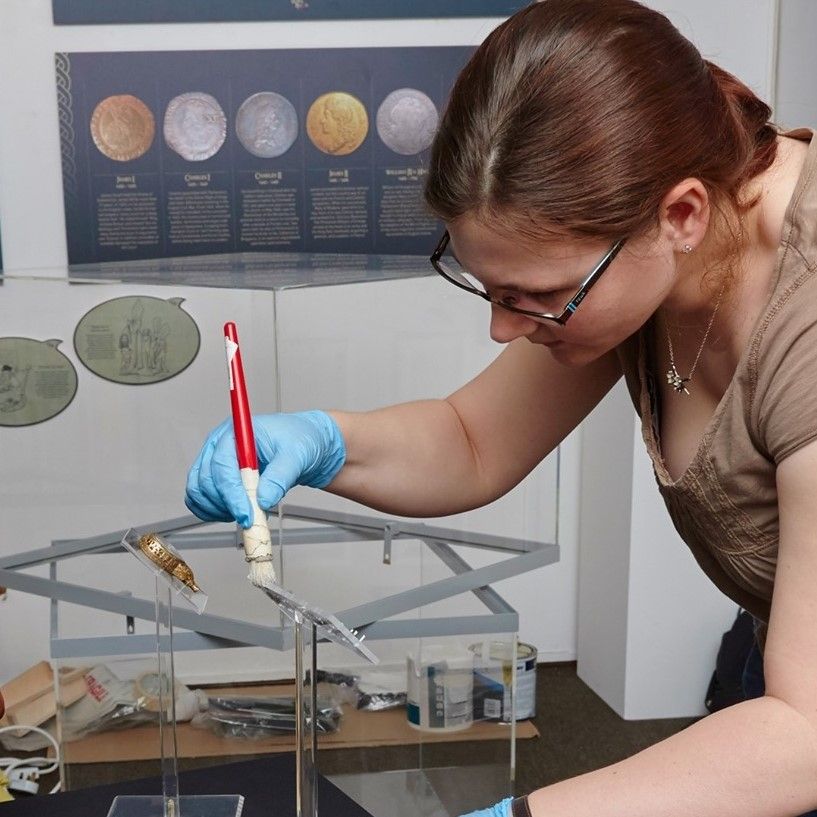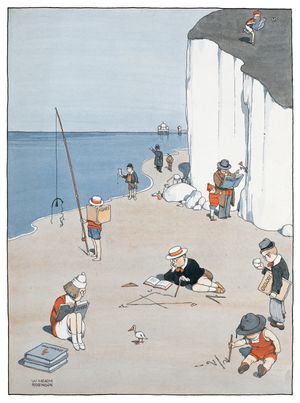In the conservation labs, some remedial work has just been completed on a case of 22 taxidermy owls, from tiny Scops owls, a non-native, occasional visitor, to the large Eagle owl, a European native, uncommon but nesting in small numbers in the UK each year.
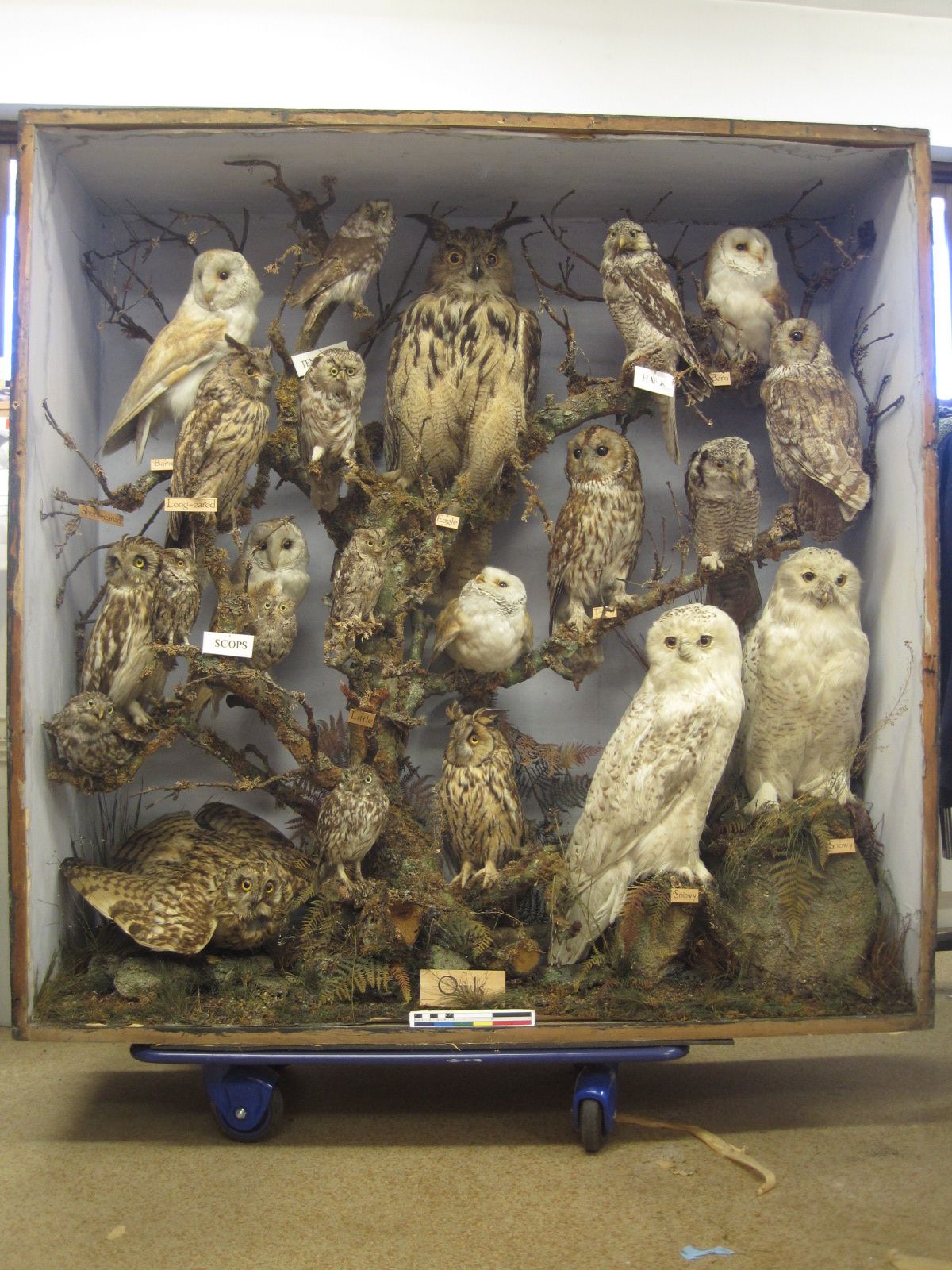
While the subject of taxidermy is always sensitive, it is important that we look after our historic specimens as well as we can in order to retain their information and make it accessible. These owl specimens were originally mounted in the 1930s, and are on permanent loan to the trust from the Russell-Cotes Museum.
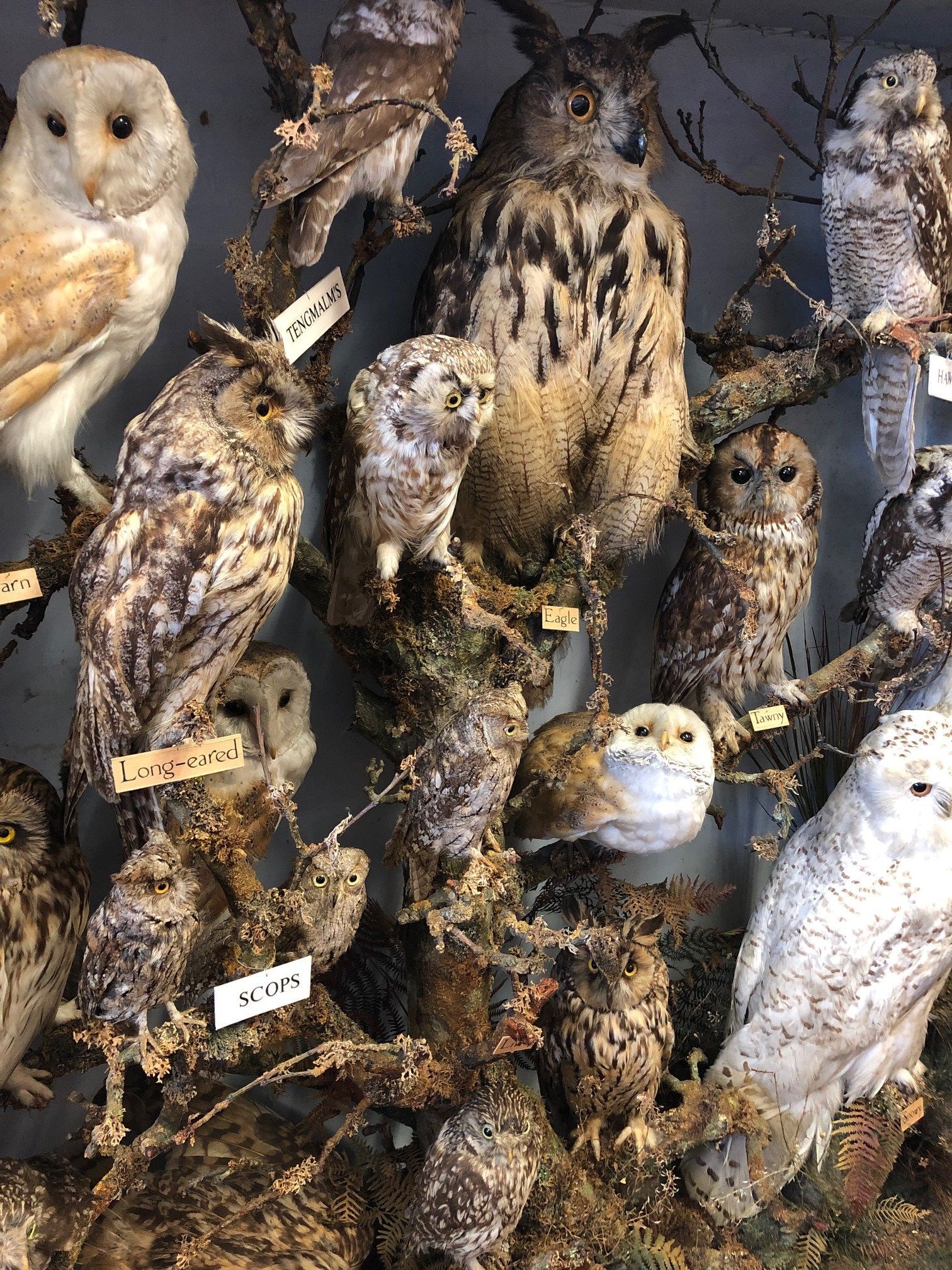
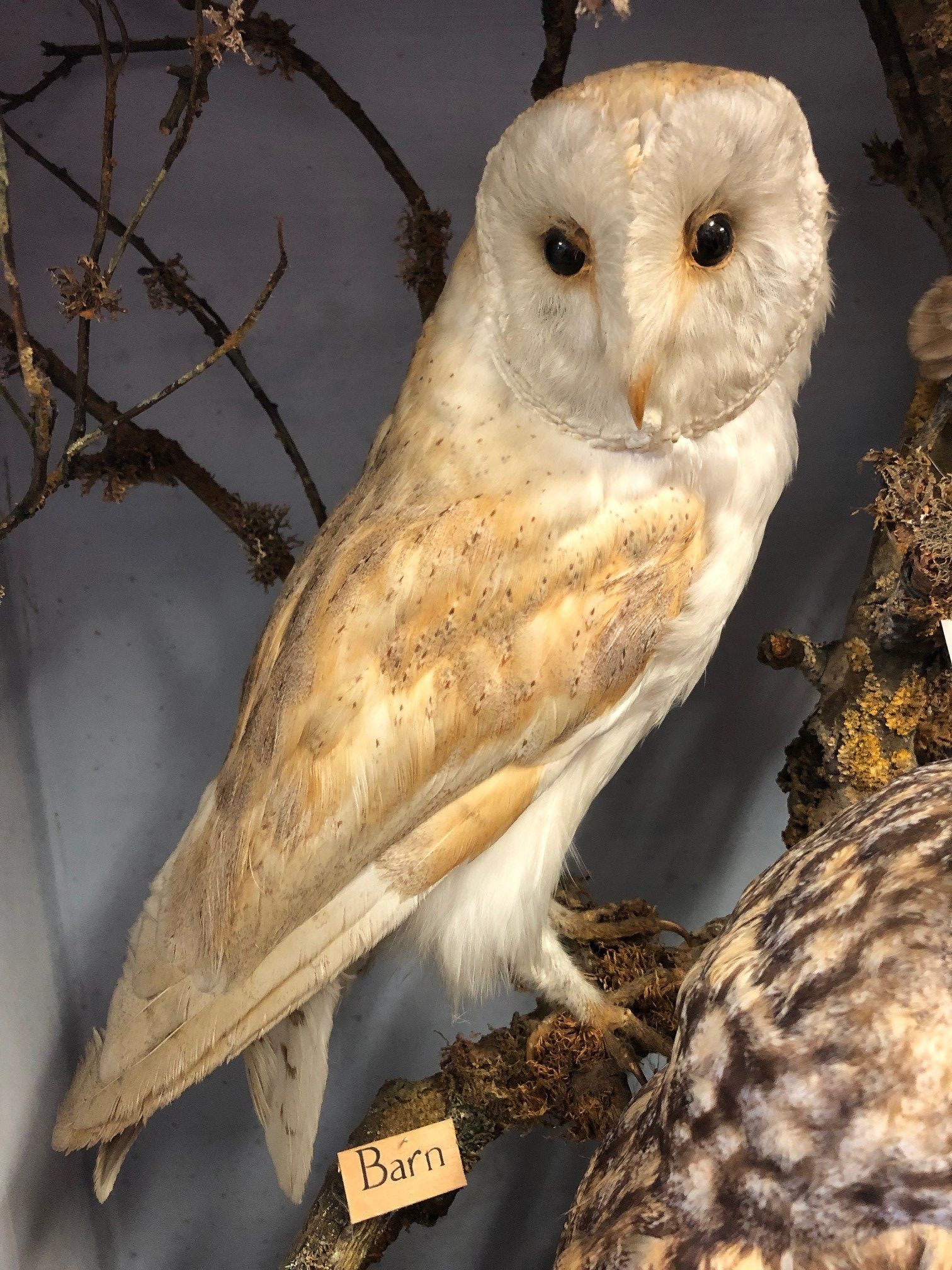
The case is host to four barn owl specimens, suitably spooky subjects for this time of year. Today, we value barn owls for their part in our diverse ecosystem, their beauty and enigmatic night time appearances, and we understand the need to protect their habitat – such as spaces in abandoned buildings, outbuildings and church towers. But historically, barn owls and owls in general have suffered from an undeserved ghoulish reputation.
Appearing at night when people - blinded by the dark – may be at their most vulnerable, they have been cast as the witches’ familiar, a bad omen, a link or a messenger to the underworld. Their bloodcurdling scream has also earnt them the name of ‘Screech owl’. This nocturnal owl’s night-time wanderings and its habit of appearing silently from a shadowy ruin or church tower, perhaps to swoop over the rodent-rich pickings of a slightly unkempt graveyard, is thought to have been the inspiration behind many ghost stories.
Silently descending on broad, white wings, with beady black eyes – placed, human-like on the front of its face - a long nose-like beak, and eerie banshee-like shriek, it is easy to imagine how the owl going about its business may have struck fear into the hearts of many an unsuspecting witness. The placement of the eyes at the front of the face is due to the barn owl being a predator, the round face is an adaptation to help them hear and the flash of bright white wings in the moonlight has been suggested to perhaps dazzle the prey for a split second before the owl descends. The tendency to hang about in graveyards would literally seem to come with the territory!
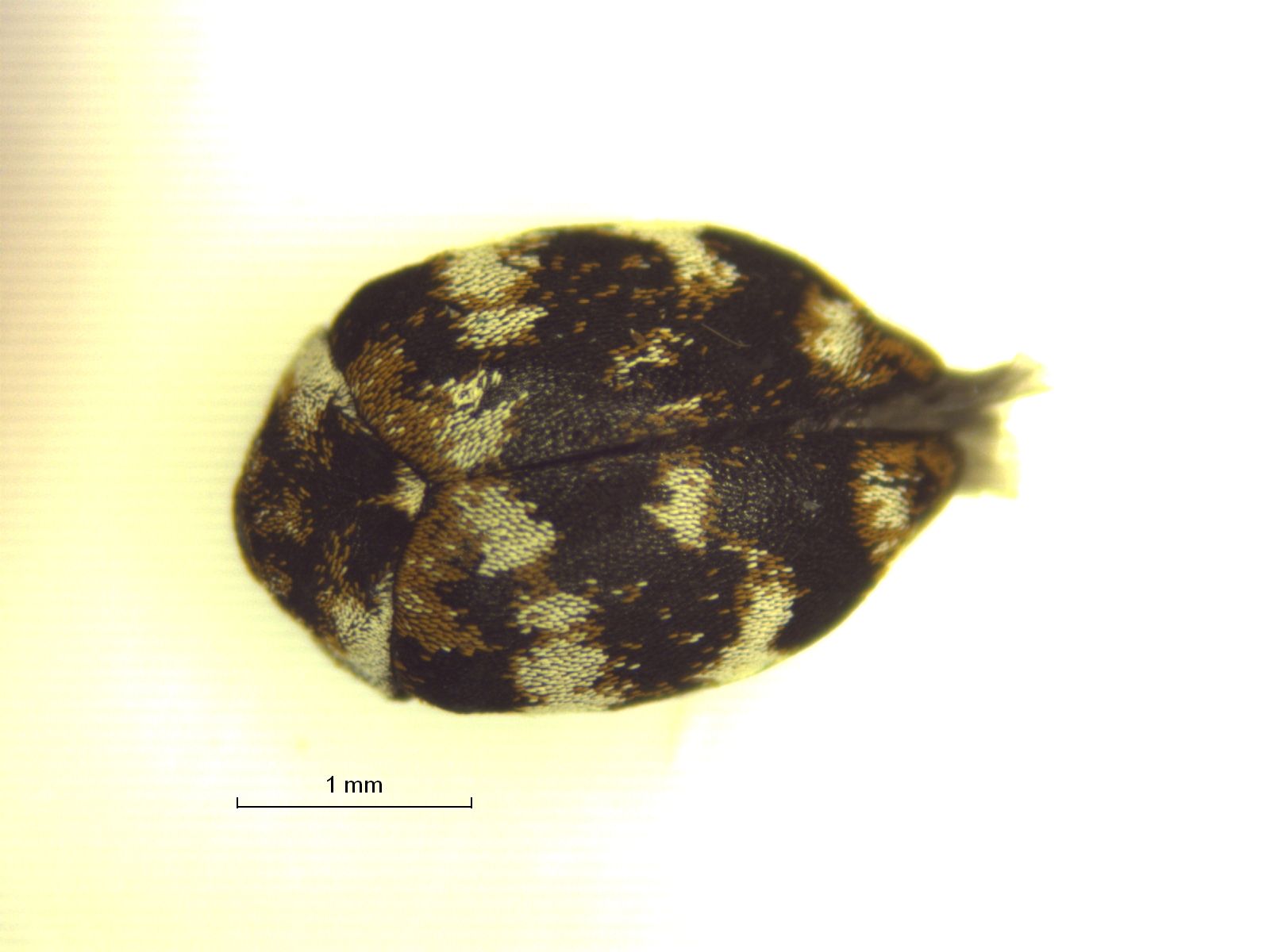
The real fear for these owls was actually an infestation of anthrenus carpet beetle, which can rapidly eat their way through skin and feathers. The case was opened up, carefully cleaned and treated for the infestation, before being resealed with new gummed paper strips painted black. From a conservator’s point of view the case is now far less scary!
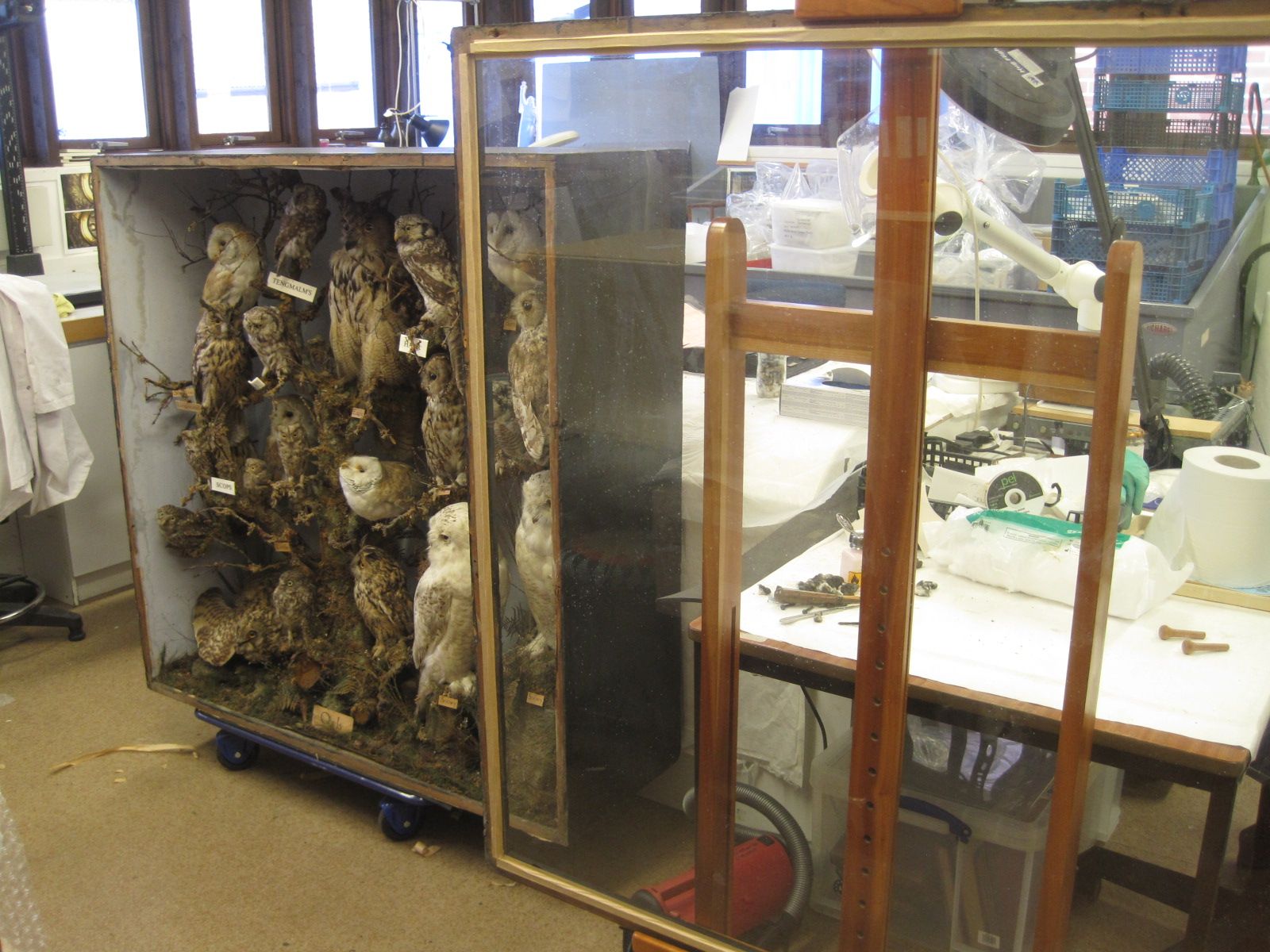
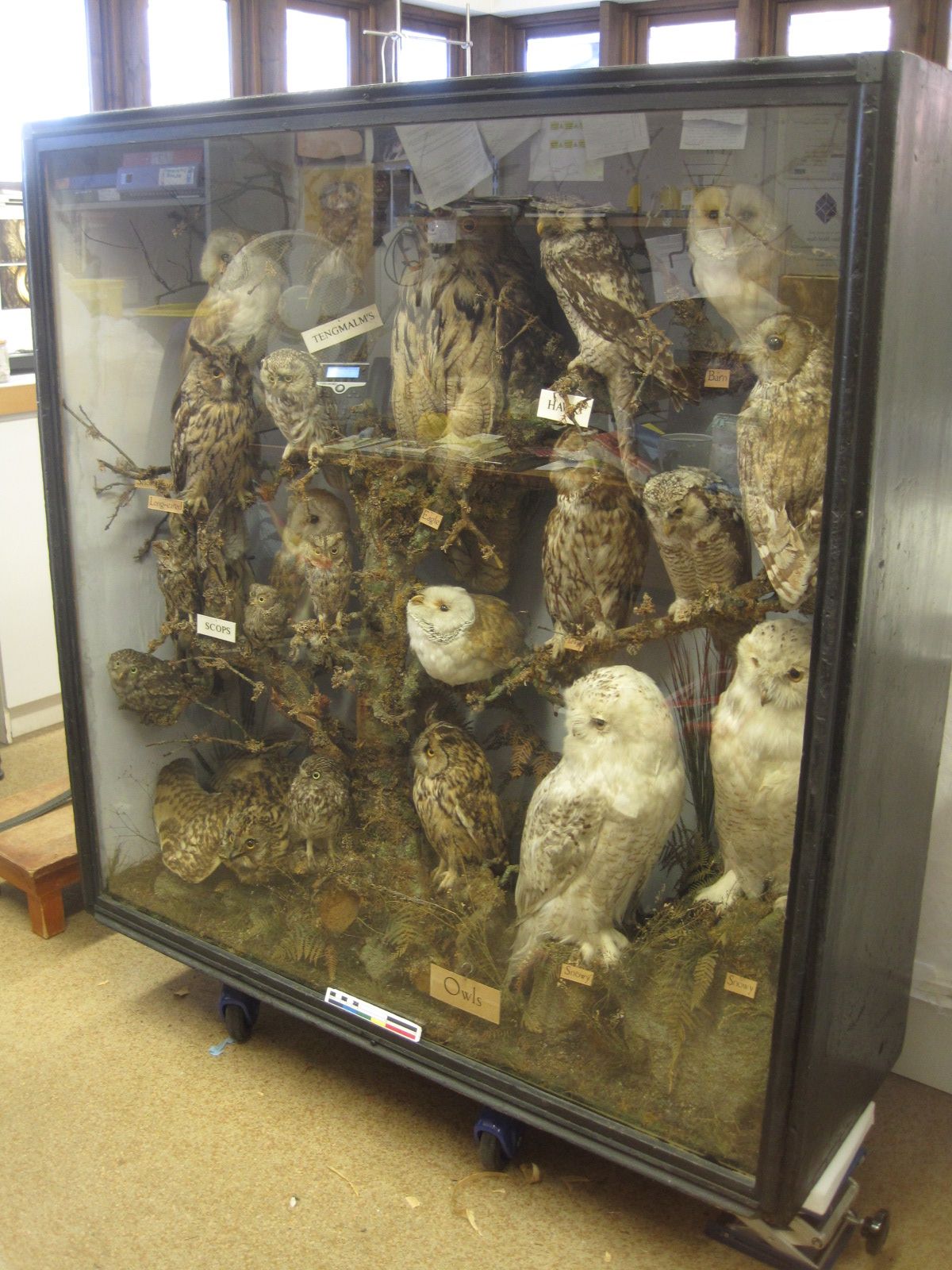
References:
- rspb.org.uk
- theowlstrust.org
- popularmechanics.com
- owlpages.com
- BBC Springwatch 2021.


